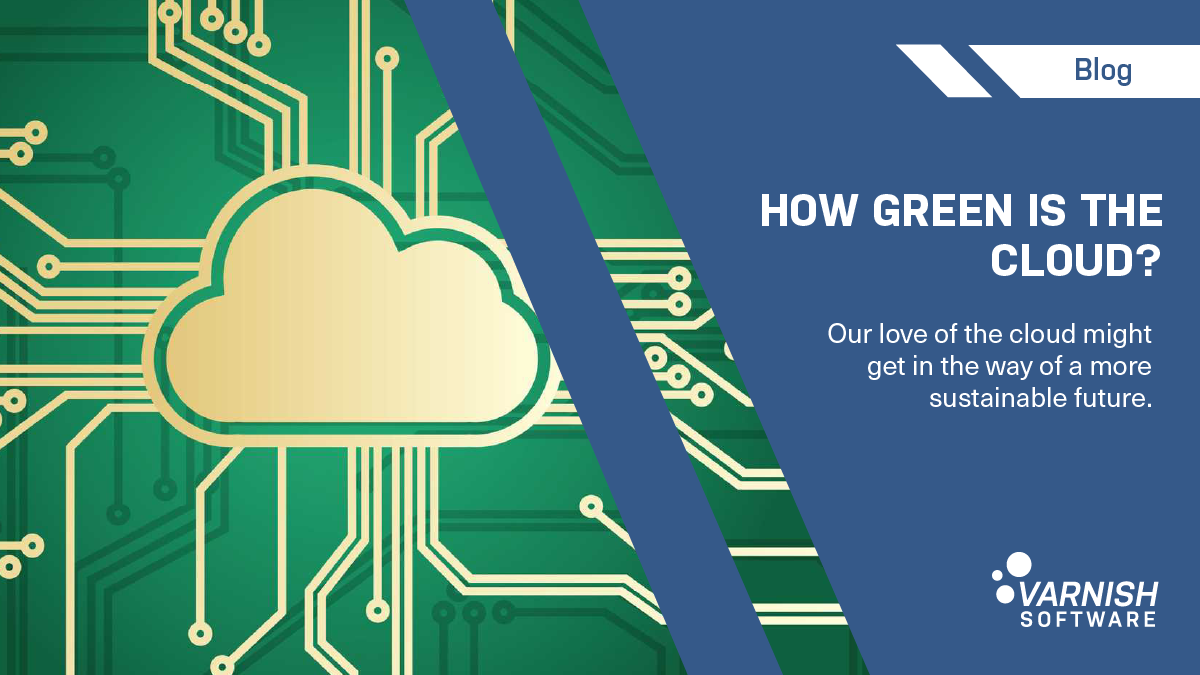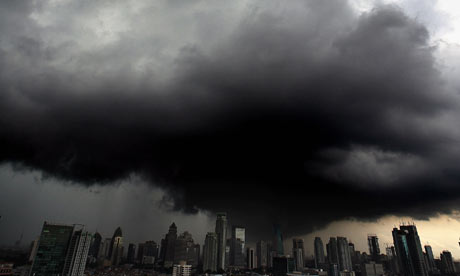As a society we’ve come to depend so much on cloud computing that we think of it as a “set and forget” resource (if we think of it at all). We are reassured by its ubiquity and the ease with which we can easily spin up new cloud instances to meet our immediate capacity or performance needs. The cloud has essentially created a false sense of security, as many businesses have learned during the Covid crisis. As they went to expand their capacity in the face of unseen demand, they found that the cloud is also finite. When things settled down after the initial rush as Covid lockdowns took effect, cloud providers returned to normal. But the new extremes of use showed how taking the cloud for granted isn’t difficult. If you’re not the one taking care of hardware or infrastructure yourself, it’s invisible.
Invisible black clouds
Worse yet, the invisibility of the physical data centers where the heavy lifting of cloud computing happens has masked the environmental toll of unbridled demand. The energy-dependency problem continues to exist, and cloud data centers devour massive amounts of energy. A TechCrunch article posited that a single rack in a warehouse full of refrigerator-sized racks of servers can burn more electricity per year than 50 Tesla cars. You do the math, and you start to understand how big the cloud’s footprint really is.
While cloud providers have incentive to waste less energy and optimize their hardware and have the size and clout to find ways to run on 100% renewable energy, this doesn’t go far enough to offset the energy required by constantly-on, data-intensive global internet use.
Chasing away the dark clouds
The cloud isn’t going anywhere. It’s a fundamental part of how digital business is done, and its presence and growth will continue. It is integral to the way future data centers, edge computing and content delivery will work.
Making sure that you’re using cloud computing the most efficient way possible will give you reassurance that you’re not only deriving as much as you can from the cloud resources you’re using but that your use is in line with your sustainability goals -- both environmentally and financially.
The Covid crisis highlighted how companies have moved into more sophisticated relationships with the cloud, reframing the need to find greater efficiency with existing or limited resources to:
- predict and provision for what is actually needed
- understand and manage cloud costs
- leverage performance and efficiency-boosting techniques, such as caching, for offloading content delivery, doing more with less, reducing server load, and making costs more predictable
Are you ready to sweep the dark clouds away to understand the benefits of fine-tuning your cloud strategy for greater efficiency and environmental sustainability?
/VS-logo-2020-197x60.png?width=136&height=60&name=VS-logo-2020-197x60.png)




